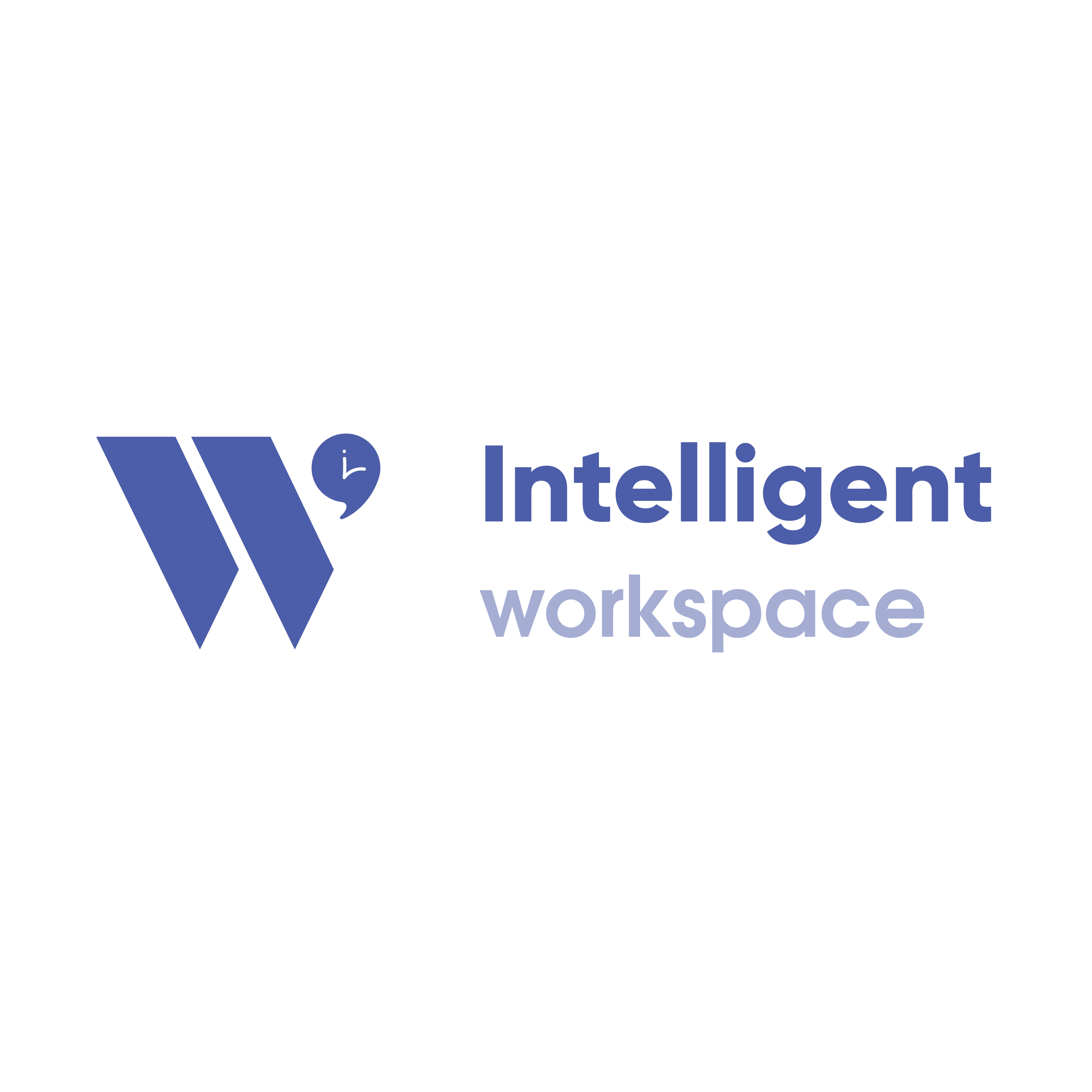Digital transformation is a trending buzzword in almost every industry,
especially since the pandemic disrupted business operations worldwide, forcing
companies to accelerate their digital transformation and enforce new practices,
policies, and business models. However, transformation isn’t a new concept. It’s
been around for decades and used by businesses to innovate, solve traditional
business problems, and provide more convenience for clients.
From transportation services like Uber to streaming services like Netflix
and video conferencing software like Zoom Meetings, we’ve seen frequent changes
in technology. Due to this rapid paradigm shift, especially with the adoption of
remote work and digitized processes, every industry has to step up to survive or
die a ‘Kodak death.’
The tax management industry is currently at a crossroads, with one path
leading towards continuity and success and the other leading towards disruption
and decline. Traditional CPAs have to deal with issues, complexities, pressures,
and opportunities in the new normal. Therefore, they need to automate manual
tasks and enable real-time access, analytics, and visibility to improve
operational efficiency. Only by doing this can they keep up with the
competition, demand, client pain points, and regulatory changes.
This is where tax transformation comes in to help CPAs, consultants, and
tax management firms go beyond employing different software solutions to improve
their services and fully transform into the digital space by automating every
process and activity in your practice.
In this post, we’ll share what tax transformation is and share its potential impact on tax management practices.
What is Digital Transformation of Tax Management and its Purpose?
This is a form of digital transformation that uses digital technologies to
integrate processes, people, other technologies, and data to foster a digital
tax workflow that can help CPAs work faster and better. The idea is to automate
several manual tax activities from the tax preparation process to obtaining
client data, preparing and reviewing income tax returns, and invoicing.
This way, tax professionals refocus their time on creative or strategic
tasks while digital solutions like cloud-based practice management software,
such as AccountantWS, take care of the data influx, organization, and repetitive
administrative tasks.
The Potential Impact of Digital Transformation of Tax Management
1. Empowered Consultancy Services
As tax preparers and accountants gain experience, they take on advisory or
consultancy roles and gradually expand their competencies. This has been the
biggest driver for cloud-based tax management solutions that grant real-time
access to client data and documents. Cloud-based systems like AccountantWS also
allow them to connect with other third-party solutions for different tasks to
avoid switching between multiple apps and reduce their transactional workload
simultaneously.
Therefore, by transitioning into the digital space, they can generate more
valuable insights and even dive into a niche practice area by targeting clients
that fit their buyer personas. In addition, geography becomes irrelevant,
meaning both clients and tax professionals can do business without the need to
meet face-to-face.
2. Reduced Expenditure
With more digitized processes and documents, tax management firms won’t have to
store huge amounts of physical taxpayer data. This has the added benefit of
reducing paper, physical security, and storage requirements – all aspects that
add to your overall expenditure.
CPAs can extract, analyze, and utilize digitized client data to carry out
their processes faster and more efficiently. Additionally, they don’t need to
invest in expanding their IT infrastructure, as many modern solutions like
AccountantWS are cloud-based.
3. Risk Reduction and Increased Compliance
In the last decade, many tax departments have reached a critical turning point due to growing compliance regulations, immense competition, and hostile work environments. As a result, most change-seeking professionals are ready to evolve from static spreadsheets and manual folders to real-time analytics and communication, autogenerated tax workflow, and self-organized document management to reduce risk. Delaying automation in the new normal is the fastest way to increase the risk of noncompliance. Modern firms and professionals can leverage emerging tools to digitize and optimize tax operations, manage resources, and improve client satisfaction.
4. Increased Revenue and Client Satisfaction
Ultimately, the goal of business transformation is to increase revenue, and tax transformation is no different. By adopting digital solutions and streamlining their tax workflow, they can find several opportunities to reduce expenditure and waste. This ultimately results in greater profit and revenue growth. More importantly, automated, digitized, and simplified tax filing services can offer more convenience to modern tech-savvy consumers that value experience just as much as products and services.
Transform with AccountantWS
Digital transformation does not happen overnight. You need the right people,
process, and technology in place. It is a gradual process that requires careful
consideration and planning at every stage. However, every step of your journey
can be simplified using AccountantWS, one of the most advanced cloud-based
practice management software for tax professionals.
With powerful APIs to support unlimited third-party integrations along with
unique features like autogenerated tax flow, self-organized document management,
this is the single solution you need to speed up your transformation and improve
every aspect of your practice.



